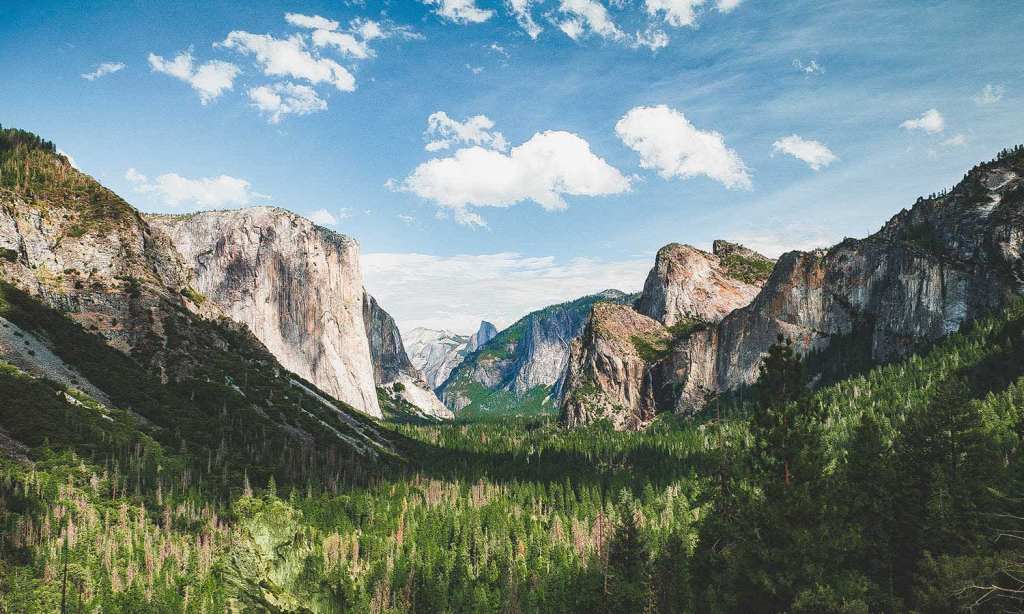A step up from sustainable travel — which aims to minimise or counterbalance the negative impacts of tourism on the environment and local communities — ‘regenerative travel’ hopes to do one better.
The term, which first appeared in a recent New York Times article, specifically relates to travel that leaves the destination visited in better shape, and according to the publication, it’s the only way forward in a post-pandemic world.
“Sustainable tourism is sort of a low bar. At the end of the day, it’s just not making a mess of the place,” Jonathon Day, an associate professor focused on sustainable tourism at Purdue University, told the New York Times. “Regenerative tourism says, let’s make it better for future generations.”
With travel restrictions still firmly in place in Australia, climate-conscious travel officials are seeing an opportunity in these moments of quiet reset to rethink the way we move between new cities and towns in the future.
What if, when borders finally do open up, we could start again on the right foot, and do not just enough, but better by the environment this time? Well, that’s exactly what regenerative tourism is about — fostering greener, smarter, and less-crowded travel experiences.
“Generally, sustainability, as practiced today, is about slowing down the degradation,” Bill Reed, principal of Regenesis Group, told New York Times. “Regeneration is about restoring and then regenerating the capability to live in a new relationship in an ongoing way.”
One easy way to be a regenerative tourist involves offsetting your emissions while on the road (through companies like Greenfleet) or in the sky. While the option to do this exists already through airlines, the difference between travelling sustainably and being a ‘regenerative tourist’ means offsetting more than the emissions you created.
It’s something Australian travel company Intrepid began doing in 2020. While the tour group specialty group has been carbon neutral since 2010, they’ve now decided to offset 125% of carbon emissions.
Overtourism is another huge issue for the travel industry, and in a post-pandemic world, the rise of the ‘second city’ will help see communities repair from the impacts of over-tourism.
According to an early-2020 study from Booking.com, more than half (54%) of travellers surveys want to reduce over-tourism by venturing out to second-cities while 51% would swap a major city for a similar destination if it meant less environmental impact would be had.
But travel officials fear lockdowns and border closures could mean travellers revert their new ways of thinking flood to the same popular ‘bucket list’ destinations like Venice, Machu Picchu, and smaller towns like Hallstatt in Austria — all of which struggled to accommodate tourism prior to 2020 — as soon as borders reopen.
In order to prevent this, tourism boards, plus those planning on travelling, will need work harder to reiterate the effects of over-tourism and promote second cities that provide a similar experience in a lesser-explored pocket of the country.
As for right now, as we wait for borders to reopen safely, the work can begin immediately to ensure we’re doing all we can to encourage a regenerative state-of-mind.
As New York Times author Elaine Glusac puts it in her article: “Until the economy recovers, there’s likely to be less travel, more local travel, or slower travel by car, train, bike or foot. This moment of reflection, say proponents, is where regeneration begins.”
Read more stories from TheLatch— and follow us on Facebook.

